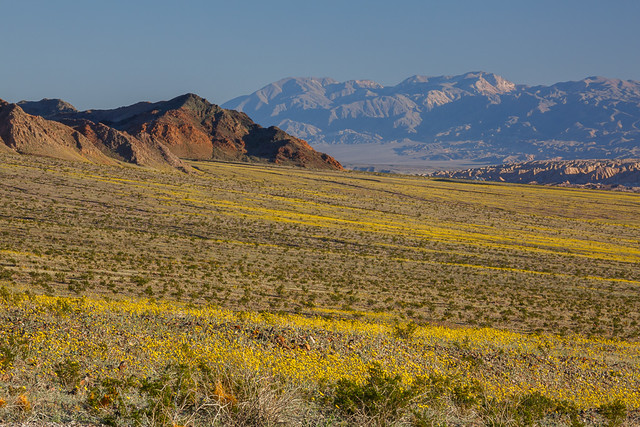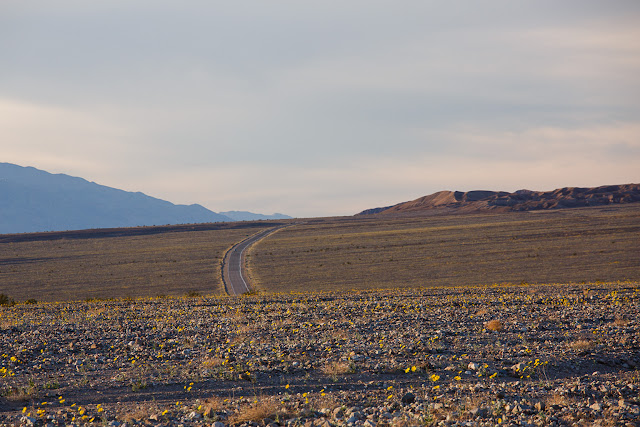Saturday June 4 – night photography workshop: Milky Way, star trails, light painting, 6 pm - 1 am
Sunday June 5 - morning / interior access
June 27 - *FULL*
Friday, July 29 - night photography workshop: Milky Way, star trails, light painting, 6 pm - 1 am
(the night before the Saturday, July 30 Ghost Stories night).
Sunday August 28 – night photography workshop: Milky Way, star trails, light painting, 6 pm - 1 am (the night after after the Saturday, August 27 Ghost Stories night).
Saturday October 1 – morning / interior access
Saturday October 1 – night photography workshop: Milky Way, star trails, light painting, 6 pm - 1 am
We have four nights and two interior access sessions with space remaining. Two of our Bodie nights are timed to be the night before or after a Bodie "Ghost Stories" night, when the park lets anyone stay until 10 pm with regular park admission. That doesn't give visitors much more than sunset and twilight in the long days of summer, but it's still after-hours access, a perfect practice session before our August 28 workshop or following our July 29 workshop.The sun and stars move south to north over the course of the summer, and the Milky Way rises earlier and moves southeast to southwest from month to month. This changes the compositions available. I've shot in Bodie at night multiple times in each month in recent years, so I have a lot of experience and composition knowledge to draw from in order to help you move efficiently around the park from shot to shot.
A discussion of the characteristics of the various dates appears on the Bodie workshop page on my new blog: http://www.jeffsullivanphotography.com/blog/bodie-night-photography-workshops/
Registration is there too: the workshops currently open for enrollment have the payment/registration linked to the price net to the description.
I'll place some examples below. For a lot more, see nearly 400 of my Bodie photos in this album: https://www.flickr.com/photos/jeffreysullivan/albums/72157630926160354
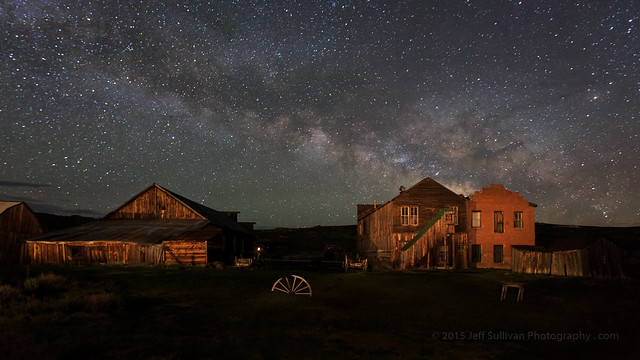

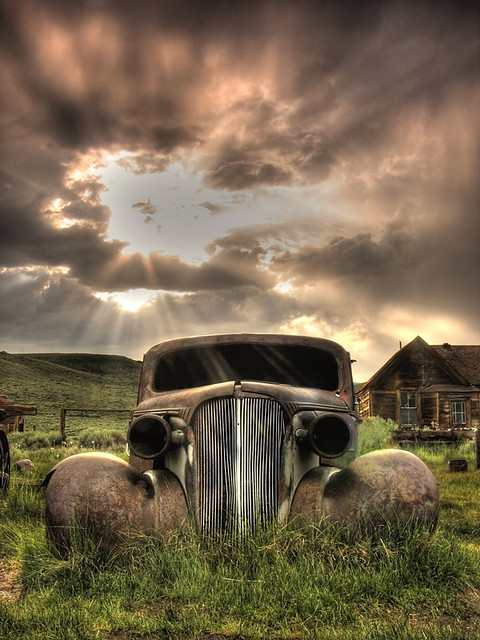
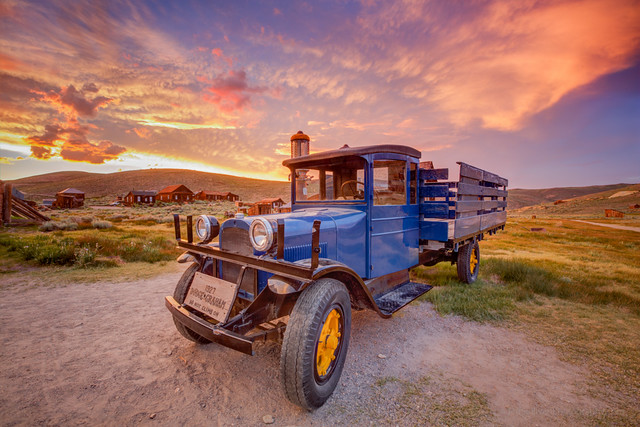
Hope you can join us!
www.JeffSullivanPhotography.com




